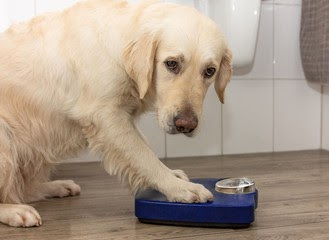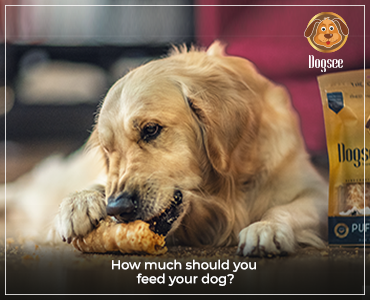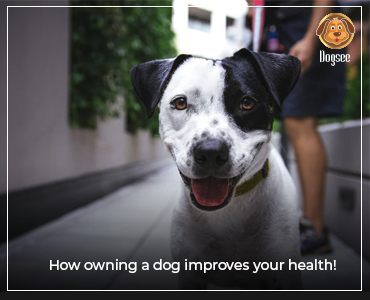Obesity is a term that we humans are always talking about. It’s always been that one thing that we are constantly trying to keep in check through diets, exercise, and lifestyle. The same holds true for our dogs. Obesity is when there is excessive body fat, which can lead to multiple health issues. We do so much to keep ourselves fit and healthy, surely we can do a little bit to help our pets lead a healthy life.

Causes for Obesity in Dogs
Neutering
Neutering is normally carried out when a dog is young. These can lead to some serious hormonal imbalances that can lead to a few physical conditions, obesity being one of the main ones. The loss of estrogen and androgens (sex hormones) lowers their metabolism rate, which results in a decrease in their energy needs. Pet parents, who are unaware of this change, do not change their dogs’ diet, leading to excessive weight gain and obesity.
Hypothyroidism
Hypothyroidism occurs when the thyroid hormones are not optimally produced and secreted. This causes a decrease in the metabolism rate. It is most evident and diagnosed clinically when there is a sudden weight gain, changes in the coat texture, extended lethargy, and low serum thyroid hormone concentration.
Table scraps
Pet parents can sometimes be guilty of over-indulging their furry babies with table scraps that exceed their natural dietary needs. Much like humans, dogs also need to follow a balanced diet, and disrupting that diet can have negative outcomes like excessive weight gain, overheating, and digestive problems. Also, encouraging this kind of behavior does not do any good to your dog.
Depression
Depending on the kind of comfort they seek, dogs tend to eat less, lose weight, eat more, and gain a lot of weight. If your dog tends to eat a lot when they feel depressed or anxious, they can be prone to obesity and that is something that should be kept under check as much as possible.
Ways To Control Obesity In Dogs
The good news about obesity is that it can be controlled. More good news - obesity in dogs is reversible. With mindful and sustained efforts, normal body functions can be revived, and life expectancy can return to normal. Here are some steps you can take to make sure that your dog is on its way to shedding all that extra weight.
Diet
The first step to be taken is to set up a diet plan with foods and treats with recommended levels of daily calorie intake, and an eating schedule prepared by your vet. Weight-management treats for dogs that are rich in dietary protein and fiber but low in fat are normally recommended since dietary protein stimulates metabolism and adds that zing to your dog’s energy levels.
Exercise
You must increase your dog’s physical activity levels for successful weight loss. If their regular exercise time was 15-30 minutes, then make sure to increase that at least two-fold. You can do this by taking a longer route on their daily walks or by adding some fun exercise-based activities to their routine. The best way to increase the duration of exercise is to use non-fat, bite-sized treats that are great for positive reinforcement to get your dog onboard their new routine.
Medical help
If exercising and dieting does not work for your dog, make sure to take them to the vet as soon as possible. Their weight gain may have nothing to do with excessive eating or lethargy, but perhaps something else that is best diagnosed at the vet. Getting medical help in this situation is the best option.
Weight Management Treats
Your dog’s obesity should not come in the way of the finer and tastier things in life. Dogsee Puffies are handcrafted and sourced from the Himalayas, made from cheese that is smoked and sun-dried to perfection for the right flavor and texture. These healthy dog training treats are high in protein and low in fat that helps in weight management and are ideal for training sessions. They are 100% natural, preservatives free, vegetarian, and grain and gluten-free.



